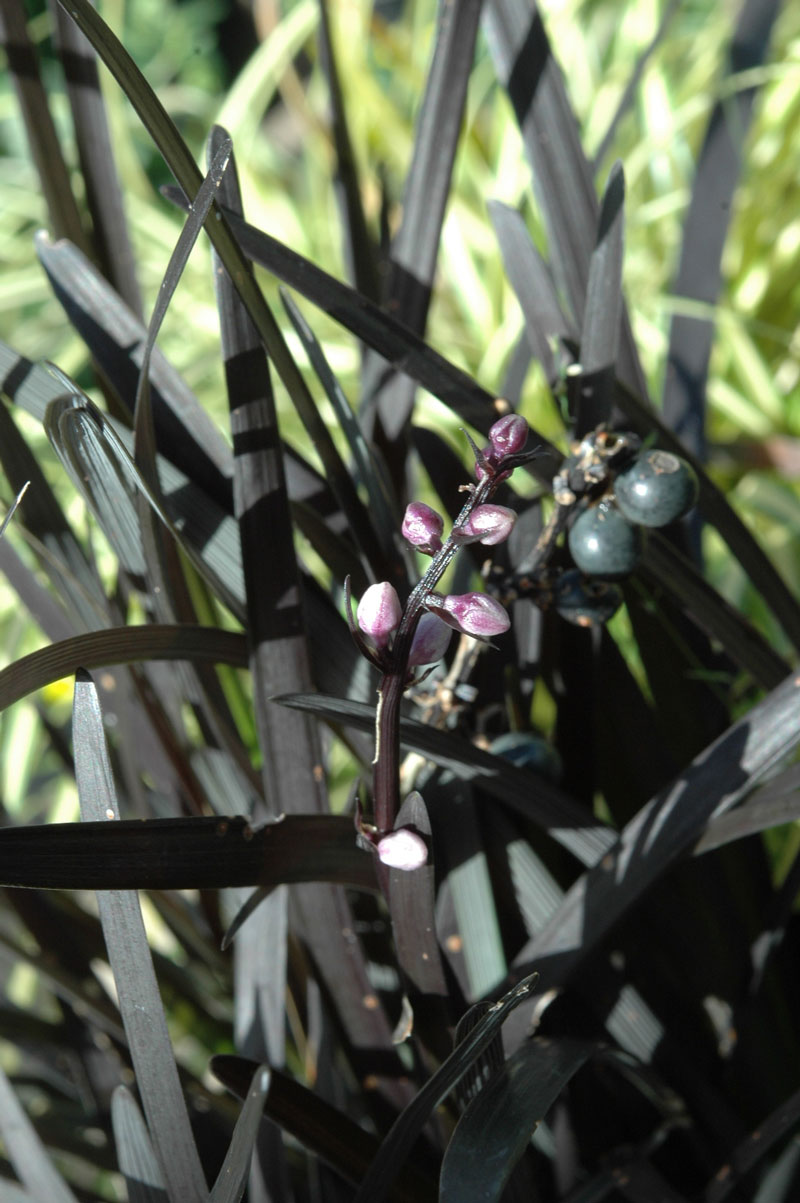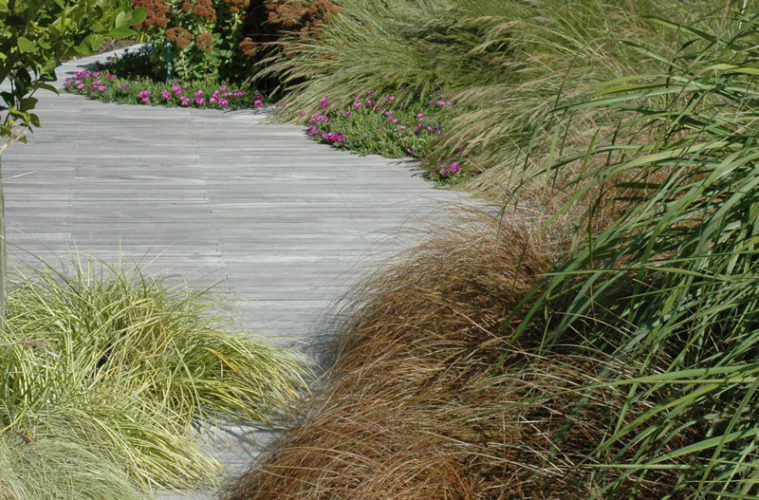Just as 3-D glasses make a movie pop, ornamental grasses add an extra dimension to the garden as they whisper and wave in the breeze
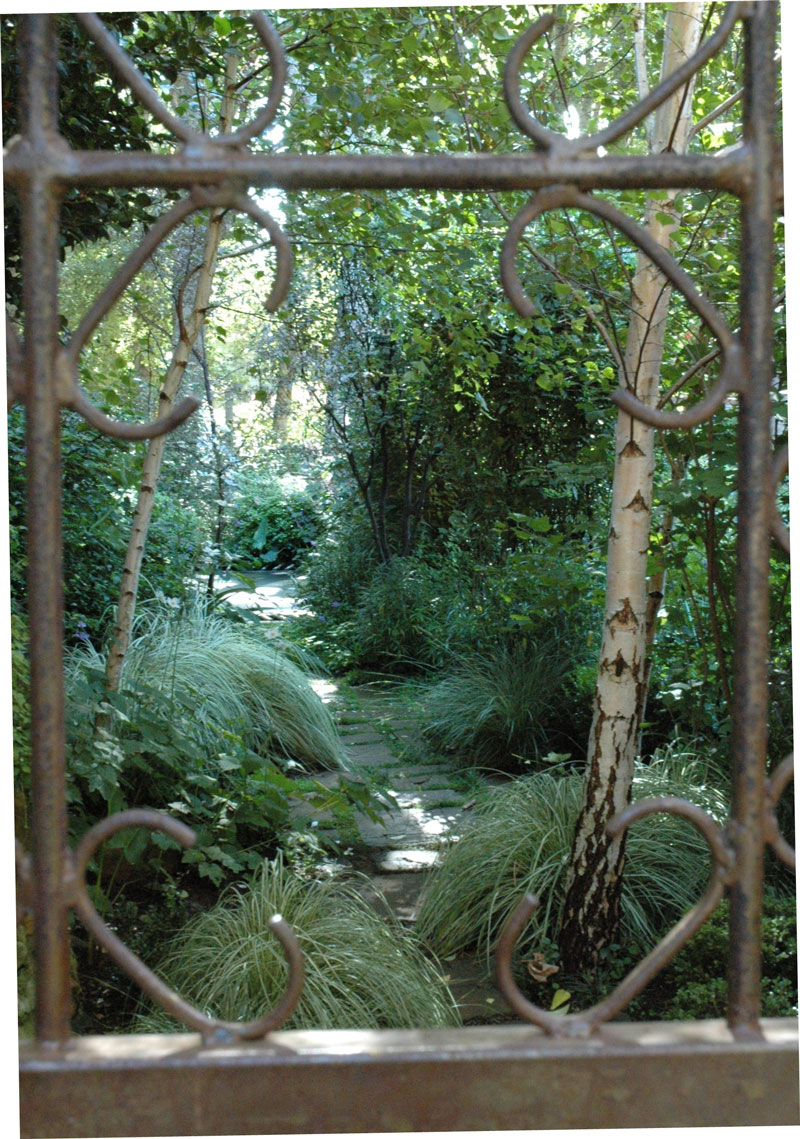
All it takes is a gust of wind to bring a garden filled with ornamental grasses to life as the leaves nod, sway and ripple with a satisfying rustling sound. Couple this animated characteristic with the fact that grasses are extremely low maintenance and it’s no wonder they’ve become so popular in recent years.
When gardeners talk about ornamental grasses, they aren’t just referring to true grasses, but also to our indigenous restios, sedges (cyperus) and rushes (juncus) as well as members of the lily family like mondo grass (ophiopogon) and liriopes. With so many varieties available, it can be difficult to decide which grasses to choose. The best way to narrow it down is to consider first how, where and why you’d like to include them in your garden.
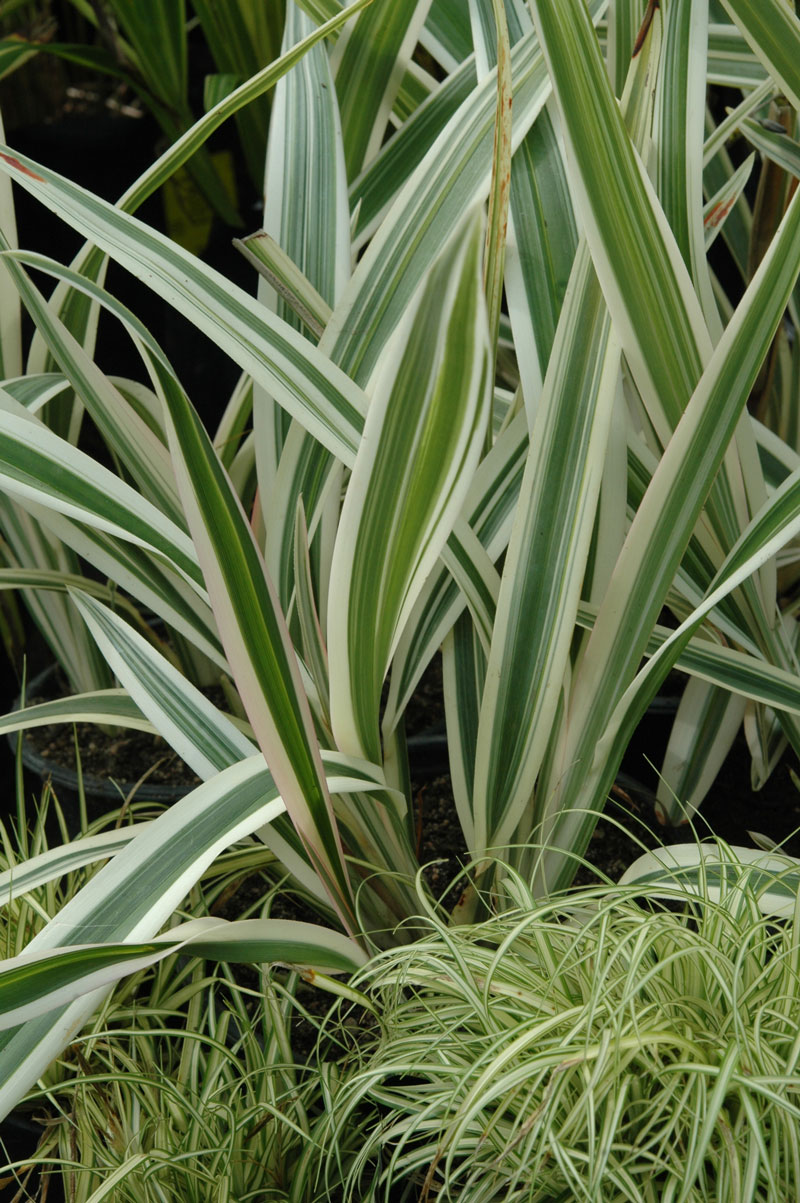
Good reasons to include grasses
They’re incredibly versatile. Grasses come in a wide range of sizes and forms and are well suited to almost any garden style, from formal and natural to contemporary and cottage.
They contrast well with other foliage. To accentuate this, team grasses with upright, sword-like leaves or a graceful, weeping form with compact, rounded shrubs. To highlight a grass with long linear lines, group it with tall, spired plants like hollyhocks, penstemon and red-hot pokers; or be more dramatic and pair it with flat-topped yarrow, large-leaved wild rhubarb or artichokes.
They add colour. Grasses needn’t be plain green. Stripey options include zebra grass (Miscanthus sinensis ‘Zebrenis’), variegated carex, ophiopogon and white-striped oat grass (Arrhenatherum elatius bulbosum). For red leaves, opt for Japanese blood grass, the warm-season grass Imperata cylindrica ‘Rubra’ or our Natal red top (Melinis repens).
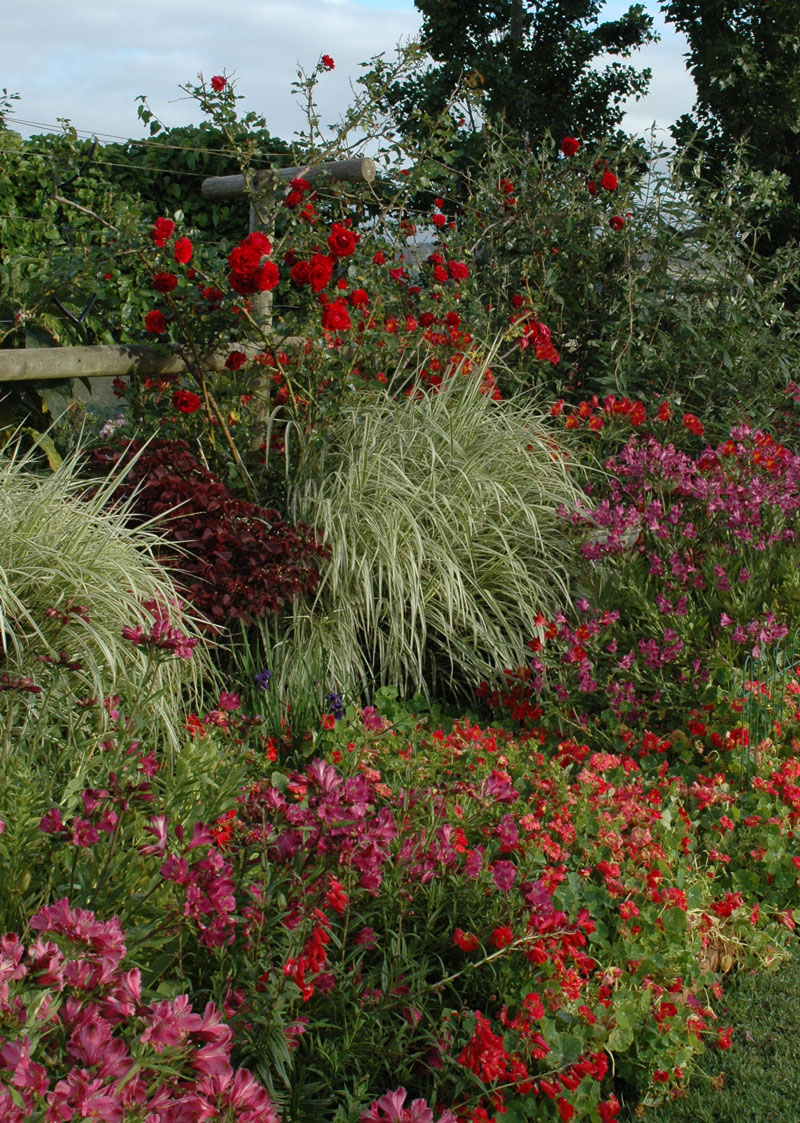
They create interest in autumn. While some grasses take on wonderful autumnal hues; others like Miscanthus, Aristida and Pancium species develop interesting seed heads as the season progresses. Pair them with perennials which flower at this time of year like sedums, gaillardia, day lilies and Michaelmas daisies.
They attract butterflies and birds. Butterflies need grasses as host plants for their larvae, while many birds use the leaf blades to make nests; seed-eating birds in particular will flock to the garden in autumn when grasses go to seed. The broad-leafed bristle grass, Setaria megaphylla is a good choice, but can self-seed in moist conditions. Smaller seeding grasses include heart-seed love grass (Eragrostis capensis) and Briza maxima.
They add texture. Besides being broad-leafed, grasses can also have thin, wiry or hair-like, smooth and felty, corrugated, curled or twisted leaves.
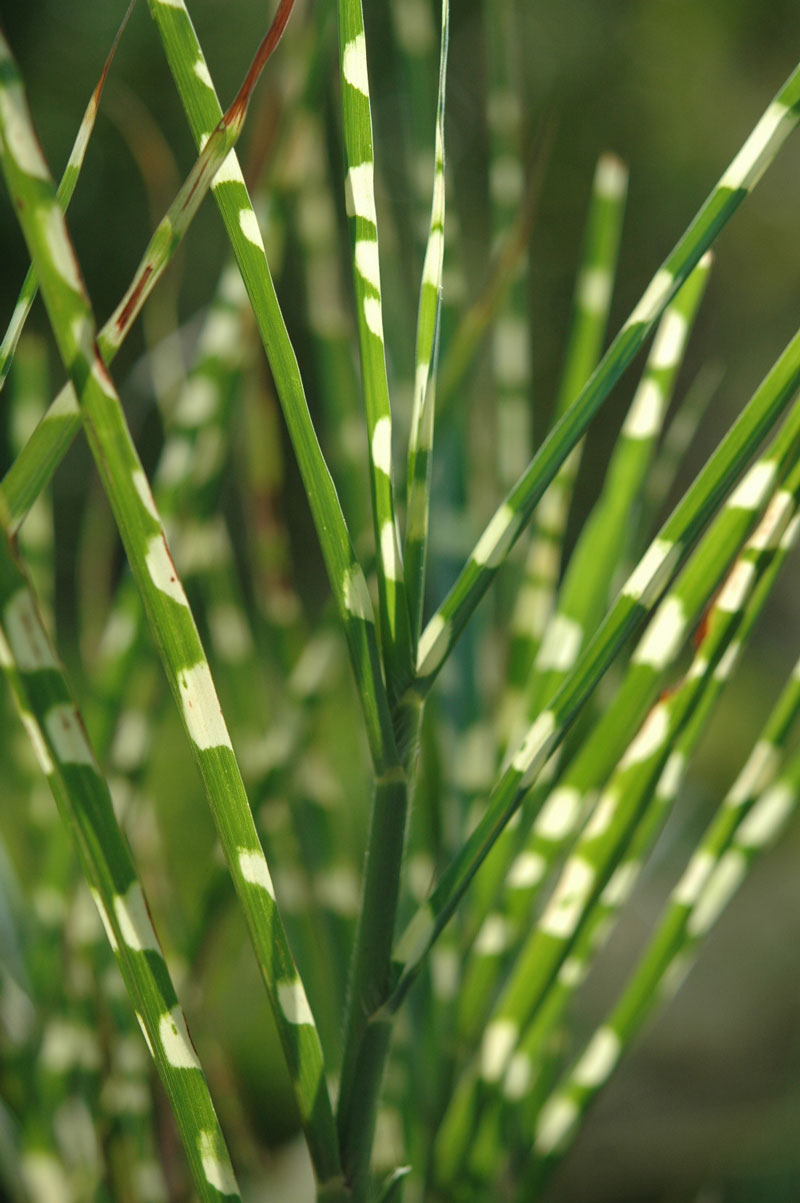
Creative ways to use grasses
1.As a focal point. Whether it’s the cascading leaves of Miscanthus species or the structured spikes of juncus, the unique shape of grasses immediately attracts your attention, making these dramatic plants ideal to use as living sculptures or focal points. You can also use grasses to enhance another focal point: frame a bench with matching grasses, pair sculptural, weathered logs with the vertical spikes of juncus grass or use a grass with a flowing fountain of leaves to soften the outlines of a stone statue.
2. In pots. Group a series of terracotta pots, potted up with restios or Carex ‘Frosted Curls’ up a flight of steps or on top of a wall. For a bold colour contrast, plant golden C. ‘Red Rooster’ in a blue container or grey Koeleria glauca or steel grey festuca in a red one. Try those with arching, free-falling leaves in stainless-steel containers for a modern look.
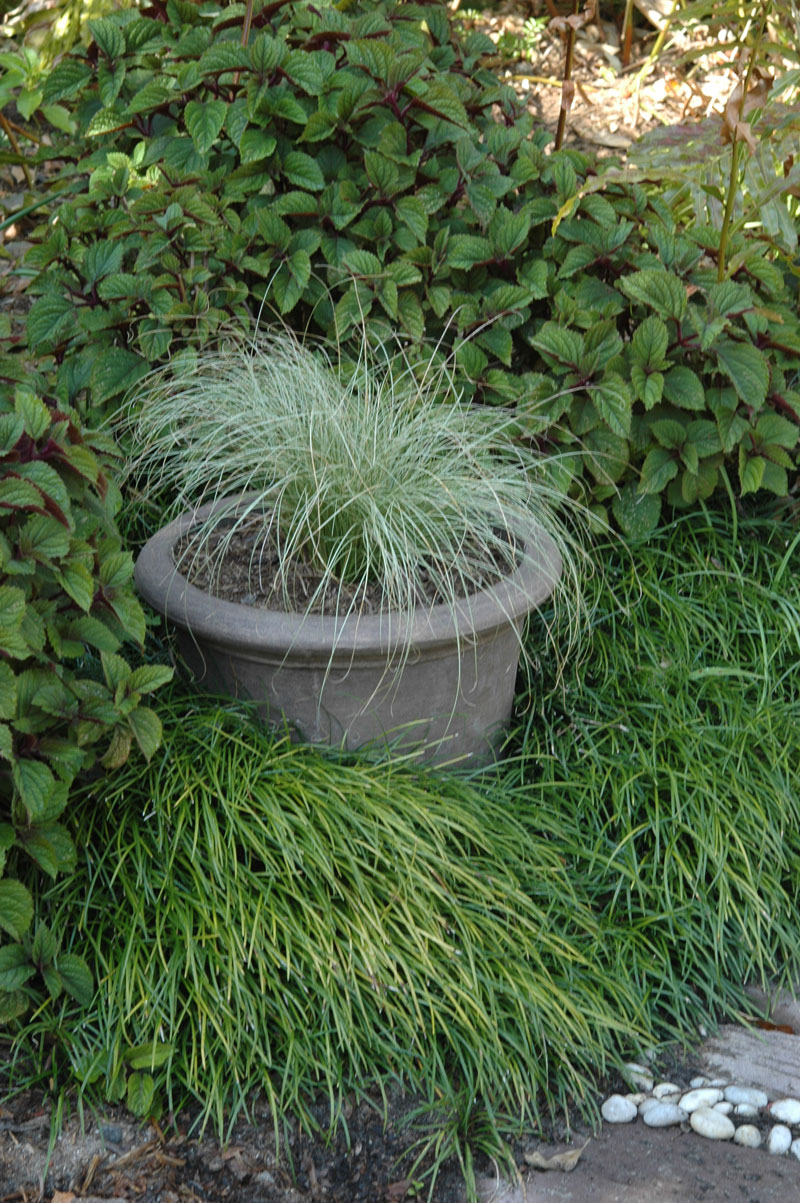
3. To edge your beds. Both blue and green fescue are ideal for creating a neat, easy-to-maintain border. If space allows, try carex sedges; plant them closer together than you normally would to create a tight border.
4. To provide privacy. Tall grasses can be used as a screen or to create an informal division in the garden. Bear in mind that some grasses are seasonal and will need to be cut back in winter at or the beginning of spring. Go local with thatching grasses like Hyparrhenia hirta and Themeda triandra, plant one of the tall Miscanthus species like the boldly variegated M. sinensis ‘Cabaret’ or try our indigenous dekriet from the fynbos, Thamnochortus insignis, which seldom needs cutting back.
5. In a wetland garden. Numerous grasses thrive with their feet in or near water. Tallest of all is the papyrus grass of biblical fame with its fine, hairy topknot. Then there are numerous sedges, including Juncus ‘Blue arrow’ and J. ‘Spiralis’, as well as various reeds. Acorus gramineus is at the smaller end of the scale and boasts broad fans of golden-yellow leaves which smell of licorice when crushed. As a contrast, add Isolepis cenua ‘Live Wire’, which as the name suggests, has fine, wiry leaves.
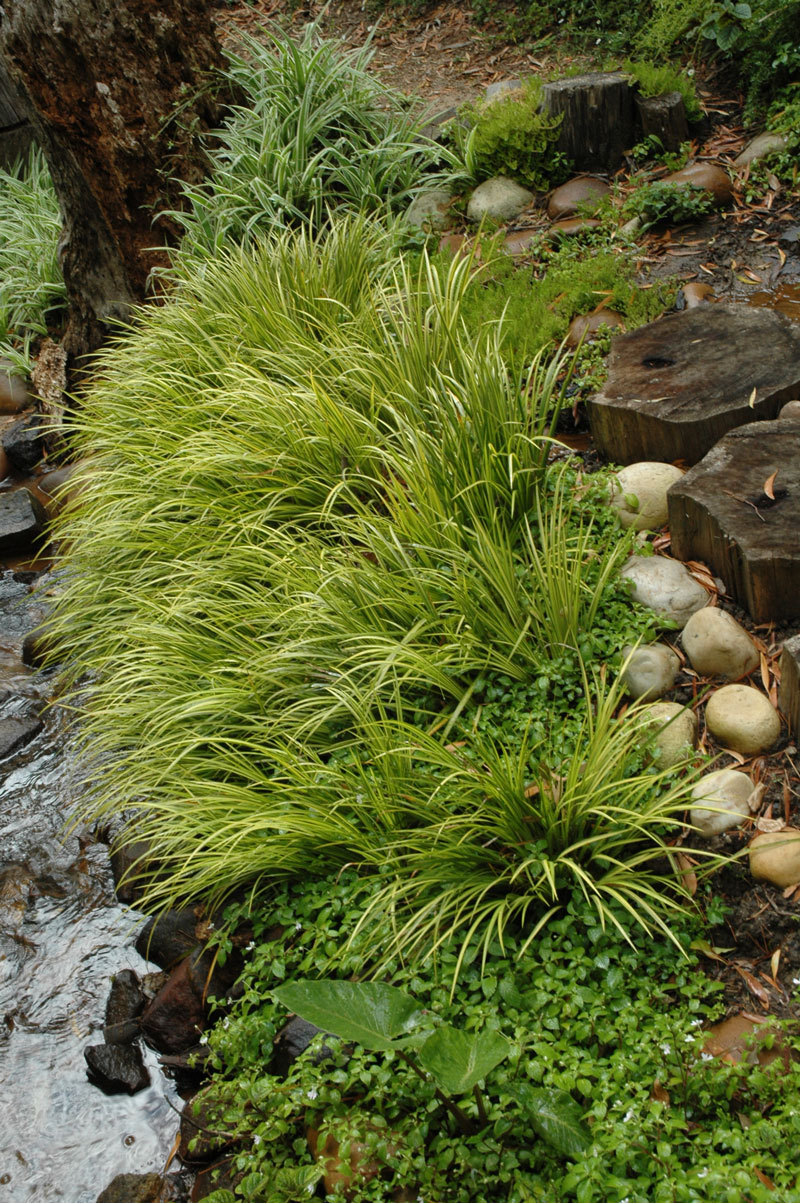
6. As a groundcover. Mondo grass is the most popular, especially when planted between pavers, but other grasses like grey festuca can also be used. You can’t go wrong with grasses from the carex family in large areas. For shade, consider Luzula ‘Starmaker’ which produces interesting flower heads. To create contrast, plant the black mondo grass (Ophiopogon planiscapus ‘Nigrescens’), next to Carex ‘Amazon mist’, the creeping blue-grey C. ‘China Blue’ or the fine-leafed O. ‘White Mist’.
7. In a trendy prairie garden. Recreate the charm of a natural meadow by planting ornamental grasses with perennials like eschscholzia (Californian poppy), yarrow, purple echinacea and Japanese wind anemones.
8. To soften hard landscaping elements. Grasses complement natural materials like stone, bricks and concrete and as such look great in water-wise gravel gardens. They can also be used to soften the harsh edges of large paved areas, paths, patios and bare walls. Soft, weeping grasses like Aristida and Carex species are the perfect foil for wooden decks and pathways. Restios like Elegia tectorum, Restio similis or R. quadratus will give a more natural, wild look.
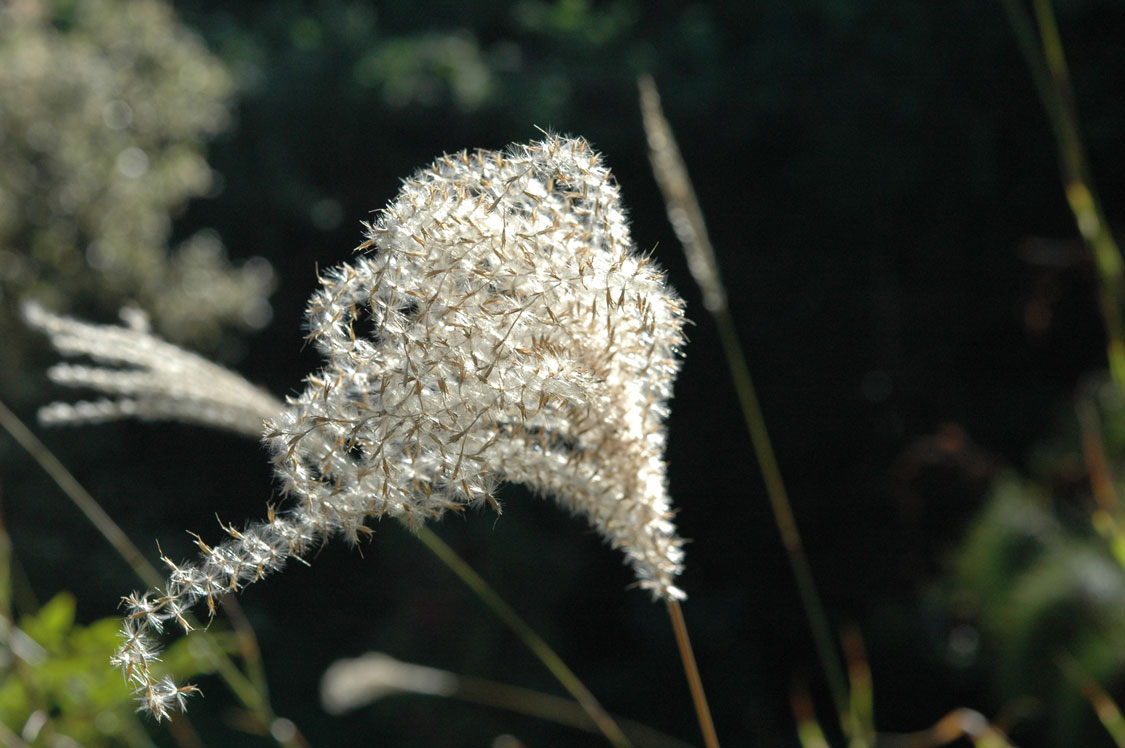
9. In vegetable gardens. Edible lemon grass will add structure and texture to your vegetable patch; you can also use it as a border plant or in a container.
10. To blur the boundaries. In properties adjacent to open veld or overlooking rolling hills or mountains, using various grasses will create a visual link between the garden and the natural countryside beyond. Plant indigenous Aristida junciformis (Gongoni Three-awn) en masse or use swathes of Carex species; Natal red top will create a similar effect.
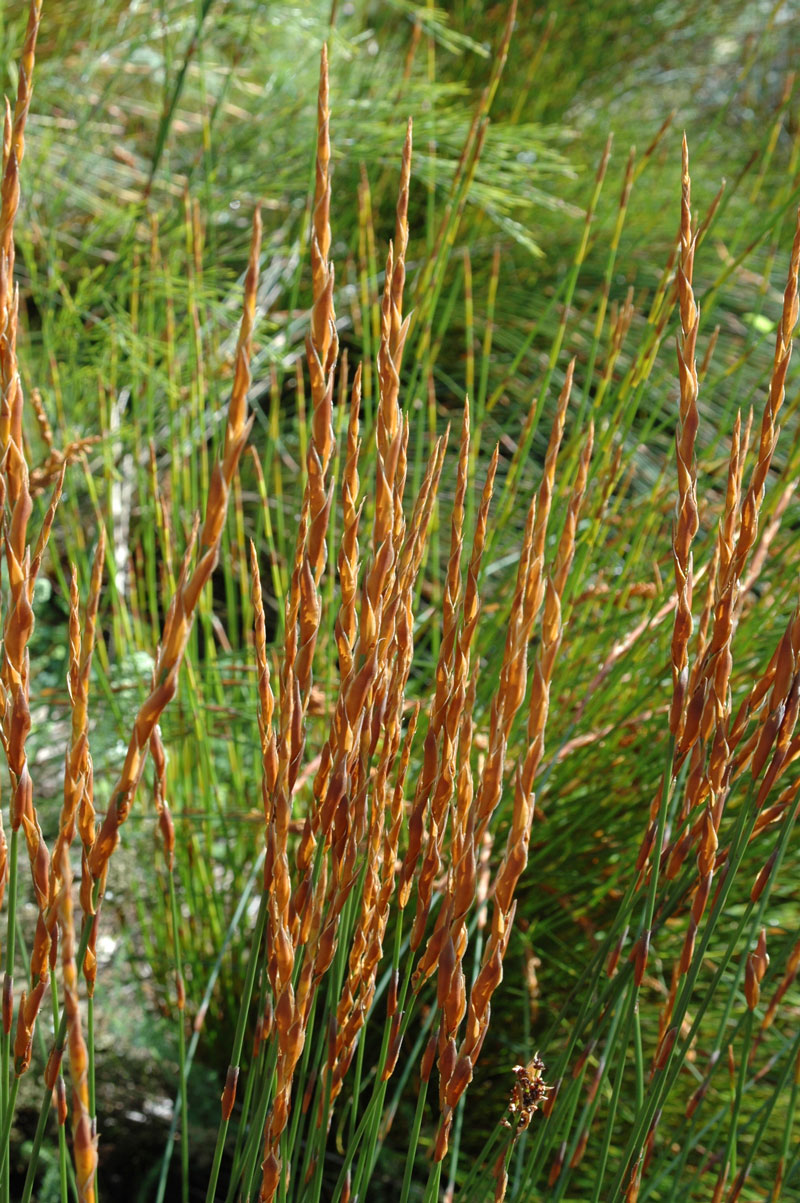
Care and maintenance
Grasses can be annual or perennial. They grow either in clumps or tufts or have running rhizomes; the latter can become invasive if not kept under control.
Grasses thrive if watered and fed regularly. Divide large clumps of tuft-forming varieties in spring.Cut clumps of grasses which have lost their shape or look tatty after winter down to the ground in early spring. This forces them to send up lush new growth. Cutting back restios makes them very unsightly; rather remove the old stems at the base of the plant.
Caution: Several grasses have become troublesome and as declared invaders, may not be planted in the garden and must be removed if already in residence. These include the common pampas grass, the fountain grass (pennisetum) and Stipa tenuissima.
